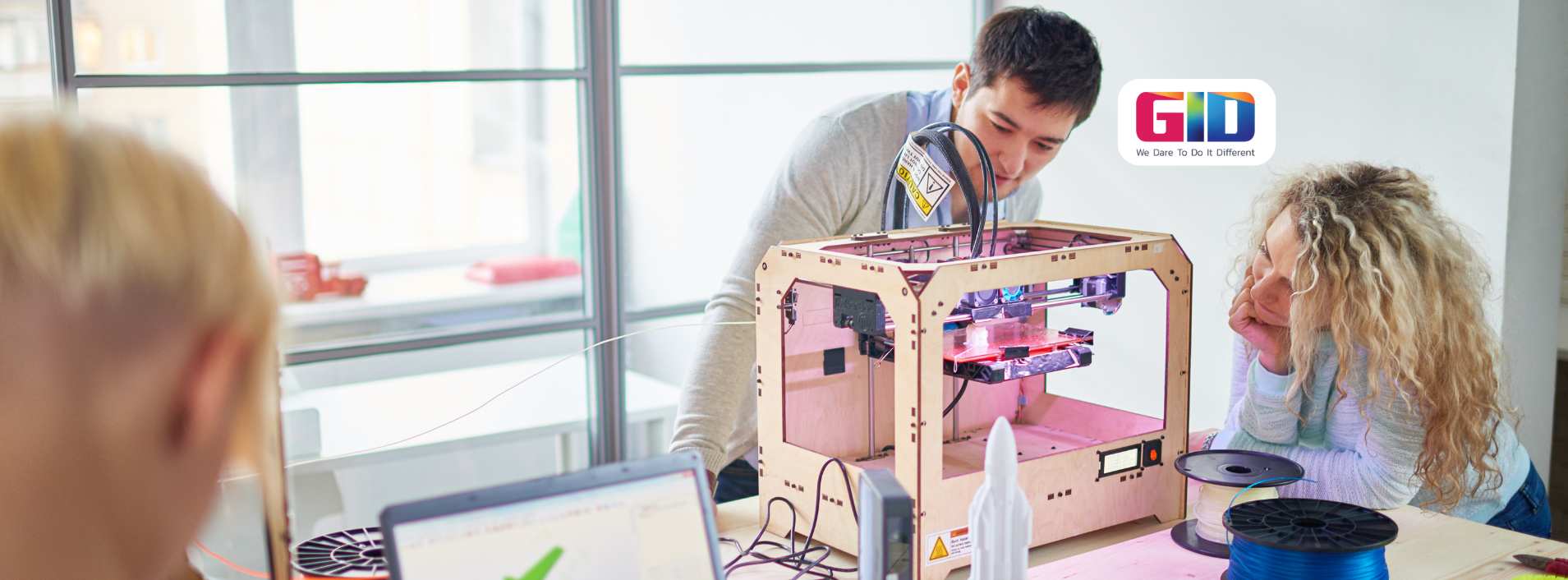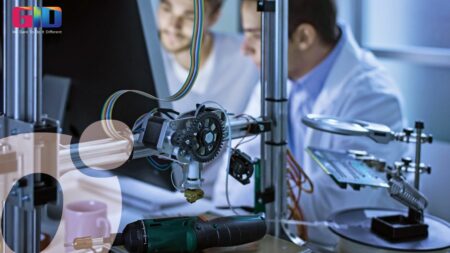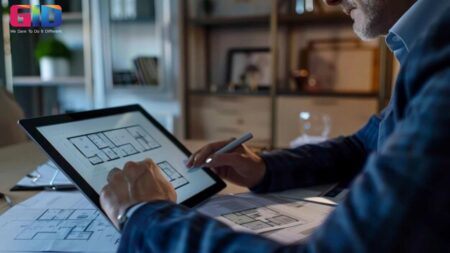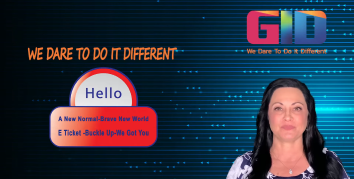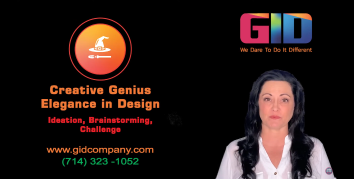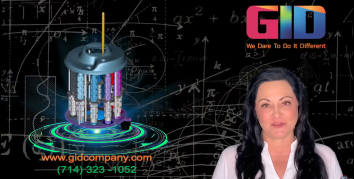The Design to cost aspect impact in Product Design
The Design-To-Cost aspect, new product design has many aspects, but in this blog, we will shed some light on the Design-To-Cost aspect. The Design-to-cost aspect or DTC aspect is a methodical approach to designing a product in such a way that the cost of product development and manufacturing is minimal. The Design-To-Cost aspect has many components, but we will list only the main ones and explain how to deal with them during the new product design phase.
When it comes to product development, most inventors fail to recognize or overlook the importance of the design-to-cost aspect during the development phase. While every phase of the new product development is important, the product design phase is something that requires a little bit more consideration as the design-to-cost aspect is involved in this phase. After all, the outcome of the conceived product predominantly depends upon its product design. Product design also affects the manufacturing costs, and eventually the final price, of the product. For that reason, new product design is one very important stage that every inventor should heed to without fail.
Materials
Overuse of material has three severe penalties – increase in material cost, increase in production cost, and increase in ecological footprint. Using the wrong type of material also has the same penalties. For that reason, one has to be very cautious with choosing and using the material. One also needs to be cautious with over-engineering – designing a product to be more complicated than necessary. Over-engineering leads to the overuse of material. Smart product design, computer analysis, and performance tests help choose the right type of material and eliminate the overuse of material, minimizing the overall cost of manufacturing.
Manufacturability
Designing a product by adhering to the principle of “Design for Manufacturability” can drastically reduce the cost of the final product. Design for Manufacturability or DFM in simple terms is designing a product in such a way that it is easy to mass-manufacture. To design a product that is easy to manufacture, inventors should involve the manufacturer in the product design phase itself. A product manufacturer’s advice during the product design stage can save drastic design changes as well as money later on.
Labor
For certain products, usually the ones requiring manual assembly, testing, packaging, etc., the cost of labor can be a major overhead. Inventors should not overlook this labor cost. The number of laborers, as well as the labor time, should be clearly defined and calculated during the product design phase, and the product design should focus on minimizing both the number of laborers and the labor time required.
Maintenance
Certain products demand regular maintenance, and it costs a lot. A product design company can reduce such a maintenance cost in two ways:
- Create a robust product design – the one that demands less maintenance.
- Create a maintenance-friendly product design – the one that is easier and faster to maintain.
Quantities
Production quantities have a drastic impact on both production efficiency and cost. Designing a new product without considering the required quantities might adversely affect production efficiency, and it also increases costs. Estimating the product quantities beforehand during the initial research and product design stages can factor towards the reduced final cost of the new product.
Accessories
Most new products have some accessories, like packaging, components, spare parts, user manuals, and so on. All these accessories add costs to the final product’s cost. Inventors should not overlook these accessories and their costs. Some of these accessories directly complement the final product; hence, accessories should be part of the main product design.
Logistics
If the new product is targeted for the global market, the product’s logistics costs can be significant. The new product’s size, dimension, weight, fragility, storage, and so on could increase the logistics costs. This logistics aspect needs to be considered during the product design phase so that a definitive design and the proper arrangements can be made beforehand.
New product development is challenging, and one of its stages, the new product design, requires considerable consideration. Numerous aspects are involved in new product design, and it is radically tough for inventors to tackle them all on their own. Fortunately for inventors, there are some new product design companies, like GID Company, that can help address all the product design challenges and assist in launching a new product into the market.
If you are an Inventor, a Startup, or an Established Company that wants to turn your product idea into a profitable market-ready product then contact GID Company today!
As a leading Industrial Product Design and Development Company, we serve different industries and offer the best services for Electronic Product Design, IoT Product Design, Life Safety Product Design, Medical Device Design, and Mechanical Design.
You can also follow our blog to stay updated with the latest trends related to product design and development. Feel free to Contact Us or call us at +1714-323-1052.
Turn your product idea into a reality. Partner with us for your next project. Learn more about us and check our Portfolio.
GID Company is currently also offering a free telephonic conference to help answer various product design and development-related questions. Any interested investor can just call Jim Grimes, one of the veterans at GID Company, at 714-323-1052 between 8:00 AM to 5:00 PM PST. To provide the best product design services we used CATIA and other tools/software. You can also check our quick guide for the product development process for better understanding. Design-to-Cost Aspect is very important for product design.

